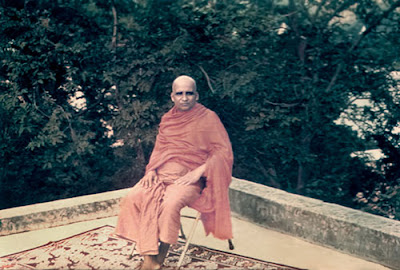The Background of Thought : Part-1.

An element in a well-ordered life is to have a stable background of thought. Most of us suffer due to an absence of this stability in our inner life; we depend mostly on conditions prevailing outside, and we may be said to be living more an outward life than an inward one. The outer conditions of life seem to be determining our personality to such an extent that whatever happens outside seems to have a direct bearing on our personal life. Like the winds that blow in different directions according to the vicissitude of seasons, our personality seems to shift its scene of activity and experience on account of a precarious dependence on outer circumsta...



